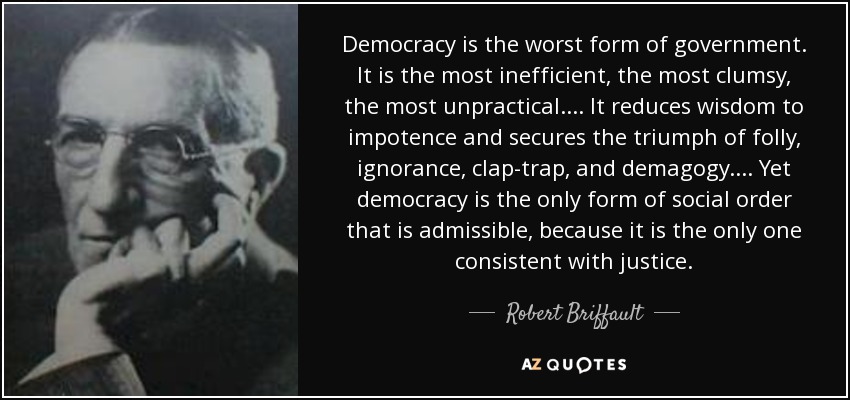wifeisafurd;842846743 said:
My guess is the FED actually thought that it was going to have to put the brakes on rampant money supply growth from a huge tax cut and infrastructure plan. The particularly of the tax cut and the infrastructure plan were not as generous as described, and neither seem to be making headway in Congress (everyone else can debate the reasons), or will ever be implemented. Given that, I'm not understanding the FED's actions, and concur wholeheartedly with the comment above.
Just some thoughts...
A.) For budgetary reasons, ObamaCare must be repealed/replaced in order for Tax Reform to take place.
B.) Tax reform obviously got pushed out into 2018... which happens to be a mid-term election year when virtually nothing gets done.
C.) Corporate tax reform may only be just a cut from 35% to 28% since the GOP failed to successfully deal with ObamaCare.
D.) The debt-ceiling increase needs to be addressed ASAP, otherwise Mr. Market isn't going to like a Govt. that is closed down again like in 2013. The Cry Uncle date is in mid-October... and Congress isn't in session for many days once they return from their annual August recess.
E.) The Fed wants to "normalize" Fed Funds and interest rates ASAP.
The problem has been that the rate of inflation has fallen back below their 2% bogey.
F.) Wage growth has been soft (which is surprising at this point in the cycle), which has lead to diminished inflationary expectations.
G.) Janet Yellen is anticipating that inflation will head back over 2% as soon as some data come off a 12-month moving average. Watching this closely.
H.) The Fed will not only be refraining from re-investing money from matured bonds, but will also begin to sell of Treasuries and Mortgages in the Fall to normalize. This should put pressure on bond prices, sending yields higher. Usually not good for stocks.
I.) At the end of the day, stocks are valued vs bond yields.
The Equity Risk Premium has narrowed to the lowest expected return since Nov. 2007.
5.62 - 2.37% (bond yield) = 3.23
J.) The earnings recession ended one year ago.
Q1 and Q2 of this year had an "easy" earnings beat for the S&P.
Q3 and Q4 will offer much more difficult Year over Year comparisons.
K.) It was reported in the WSJ this week that BlackRock (the massive Fund machine) took in $74 Billion into its iShares ETF business in Q2. The iShare unit of BlackRock is now up to $1.5 Trillion in assets. ETF's now account for 27% of BlackRock's total assets under management of $5.7 trillion. In other words, the whole world is invested in ETF's. As a younger Cal alum/buy-side analyst said to me recently, "This isn't going to end well."
L.) S&P 500 earnings for Q2 are expected to be roughly 8%, driven by a rebound in energy company's who got hit hard a year ago with lower crude prices. Q1 earnings growth hit its highest level since 2011.
M.) JPM/Chase CEO Jamie Dimon made some blistering comments the other day during their Q2 earnings call on how screwed up this country (and Congress and the Administration) is from a red-tape, bureaucratic nightmare point of view. He's clearly worried about the grid-lock in DC that has hamstrung the U.S. economy. In fact, his remarks were quoted in the WSJ the other day, and its the first time that I have ever read the phrase "stupid $hit" in the WSJ. Yup, they actually quoted Jamie using the "S" word that ends with a "t".
Nowhere is this more apparent than in LOAN GROWTH. In fact, loan growth at Citicorp was 7% for all of last year and in Q2 of this year, it only came in at 4%. - - - If you look at auto loans, business loans, real estate loans, consumer debt, and the growth of the money supply since the Election, every single one of those categories has been declining.. The only question is whether or not this is a "pause" during the economic cycle, or if this is the beginning of something more significant.
N.) Seasonally speaking, the months of August, September and October have never been kind to the stock market.
Major corrections usually occur in this time period, which then gives rise to the 3 best months of the year: November, December, and January. In fact, over 90% of the gains in the Dow Jones since 1950 have occurred in the period from Nov - April.
Hence the adage, "Sell in May and Go Away".

